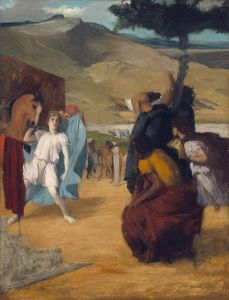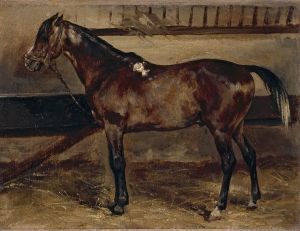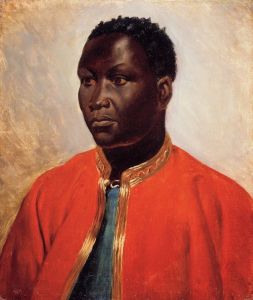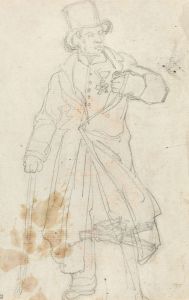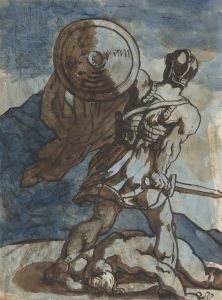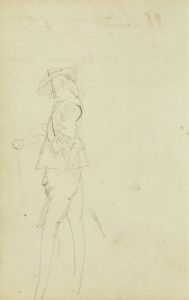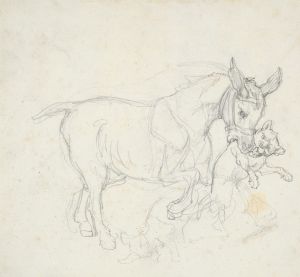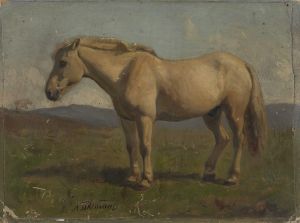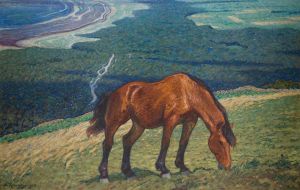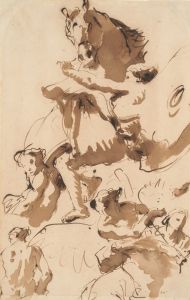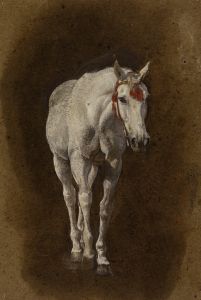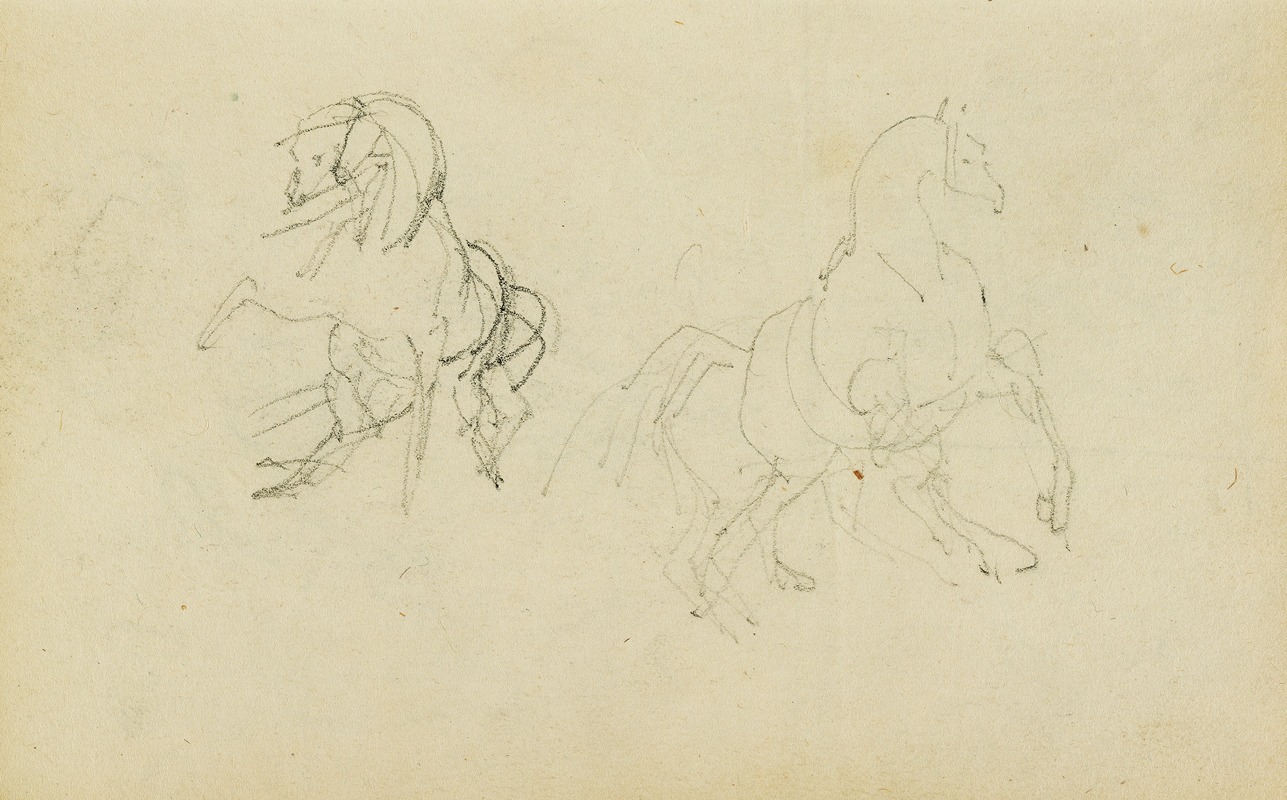
Two studies of a rearing horse
A hand-painted replica of Théodore Géricault’s masterpiece Two studies of a rearing horse, meticulously crafted by professional artists to capture the true essence of the original. Each piece is created with museum-quality canvas and rare mineral pigments, carefully painted by experienced artists with delicate brushstrokes and rich, layered colors to perfectly recreate the texture of the original artwork. Unlike machine-printed reproductions, this hand-painted version brings the painting to life, infused with the artist’s emotions and skill in every stroke. Whether for personal collection or home decoration, it instantly elevates the artistic atmosphere of any space.
"Two Studies of a Rearing Horse" is a notable work by the French Romantic painter Théodore Géricault. Géricault, born on September 26, 1791, and passing on January 26, 1824, is renowned for his dynamic and dramatic compositions, which often capture intense movement and emotion. This particular piece exemplifies his fascination with equine subjects and his exceptional ability to depict their power and grace.
The artwork, created around 1814, is a double study of a horse in a rearing position. Géricault's interest in horses can be traced back to his early years, and he frequently included them in his works. His studies of horses are not just artistic endeavors but also reflect his keen observation and understanding of their anatomy and movement.
In "Two Studies of a Rearing Horse," Géricault employs a meticulous approach to capture the horse's form and the tension in its muscles. The piece is rendered with a combination of precision and fluidity, showcasing his skill in drawing and his ability to convey the dynamism of the animal. The horse is depicted in two slightly different poses, both emphasizing the animal's strength and the dramatic action of rearing.
The medium used for this study is black chalk, a choice that allows for fine detail and a range of tonal variations. This medium is particularly effective in highlighting the contours and the play of light and shadow on the horse's body. The use of black chalk also contributes to the overall dramatic effect of the piece, a hallmark of Géricault's style.
Géricault's studies of horses were not merely academic exercises; they were integral to his larger body of work. His most famous painting, "The Raft of the Medusa" (1818-1819), also demonstrates his ability to capture intense human and animal emotions and movements. The studies of horses likely informed his approach to depicting the human figures in "The Raft of the Medusa," where he applied similar principles of anatomy and movement.
"Two Studies of a Rearing Horse" is part of Géricault's broader exploration of equine subjects, which includes other notable works such as "The Charging Chasseur" (1812) and "The Epsom Derby" (1821). These works collectively highlight his enduring interest in the power and elegance of horses, as well as his technical prowess in capturing their essence.
The piece is currently housed in the Louvre Museum in Paris, where it is part of the collection of drawings. The Louvre's collection includes several other works by Géricault, providing a comprehensive view of his artistic development and his contributions to the Romantic movement.
In summary, "Two Studies of a Rearing Horse" by Théodore Géricault is a significant work that exemplifies the artist's skill in depicting dynamic movement and his deep understanding of equine anatomy. The piece is a testament to Géricault's dedication to his craft and his ability to convey the power and grace of horses through his art.






